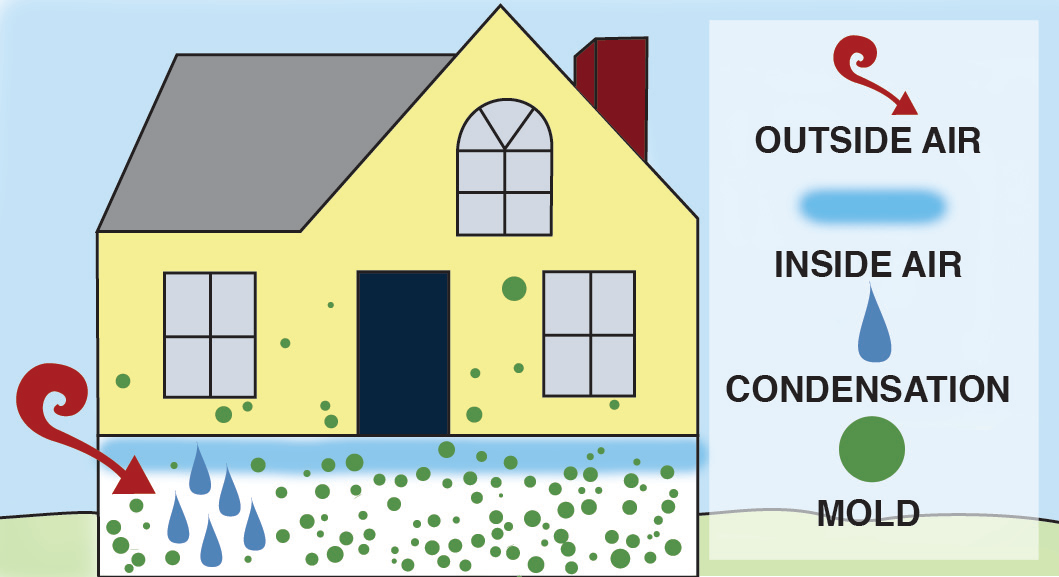READY TO GET STARTED?
REQUEST A FREE ESTIMATE
Fill out the form below or call (888) 466-7849 for a free, no-obligation estimate.
Recent calls have led our technicians out to homes to find the varied carpet beetle. The varied carpet beetle is a common household pest found throughout the US.
Carpet beetles feed on natural fibers that can be found in upholstery or clothing, carpet, insect carcasses, and animal parts such as furs, hair, etc. Most carpets are made of synthetic fabrics and are not of concern. It is the natural fibers, like wool, that carpet beetles feed on. The varied carpet beetle enters the home in search of these food items and often cause damage. They can be found in attics, carpets, and curtains in search of the food items above.
To avoid varied carpet beetles, store clothing in plastic containers and dry clean clothing thoroughly before storing for long periods of time.
Treatment options:
Q:Why am I seeing pests like ants in my home in the middle of winter?
A: It has been a strange year. From a personal perspective, no snow and warmer than usual temperatures, have been very nice. From a pest perspective, I fear we will be seeing some unusual pest movements this year. Recently we have had several wasp and bee complaints, ants are running wild and termite swarms have occurred. Setting us up for a very unusual spring and summer. Ants have been especially problematic because they usually are not around for awhile, but they’re back.
What do you do? First, keep areas clean, spills and dropped food can attract the ants from a distance. Pick up pet food and water, this can also act as an attractant. Watch for leaking hoses and garden or yard tools that are left wet after work, this attracts pests to the structure and could lead them inside. The best way to protect yourself is to have a professional exterminator your structure for entrances and give recommendations to reduce the potential hiding areas around your place.
Jerry Hatch
Technical Director
BCE CEHT CP-FS
LEED Green Associate
If you have a question about your pest control, ASK THE MOUSE!
Valentine’s Day is a day of LOVE! Bugs aren’t something that we usually “love” but in the spirit of the holiday, here are 5 bugs to love!
As part of our Complete CrawlSpace service we have talked to you about the “stack effect”. But what exactly is the “stack effect”?

As air enters the crawl space, the hot, moist, outside air meets the cool surfaces inside causing condensation to occur, which can lead to mold in your home.
As the air in your home warms, it rises and makes its way through the house and out of the roof. This phenomenon is called the “stack effect”. It causes the home to suck air up from the crawlspace into the main living area of the home. Moist conditions in the crawlspace can lead to mold, mildew and other issues that compromise the air quality that comes up and through your home often aggravating breathing problems, such as asthma, and creating a variety of health-related problems.
We don’t have to explain to you the dangers of mold and mildew…we all know that these are harmful and you don’t want them in your home. If you’re interested in finding out more information on how to keep the air in your home healthier for your family, call Northwest Exterminating at 888-466-7849 or visit us online.
Do you or anyone in your home suffer from breathing problems, such as asthma?
Termite Threats:
These are pretty frightening statistics. Our goal is not to scare you but to make you aware of the potential threat that termites can have on your home. We also want to provide you with tools to prevent and treat any potential issues you may have. Northwest Exterminating offers several termite protection options for your home. For more information on how you can prevent your home from getting termites visit us online.
Try this FREE termite risk calculator to see if termites are a current or future threat to your home.